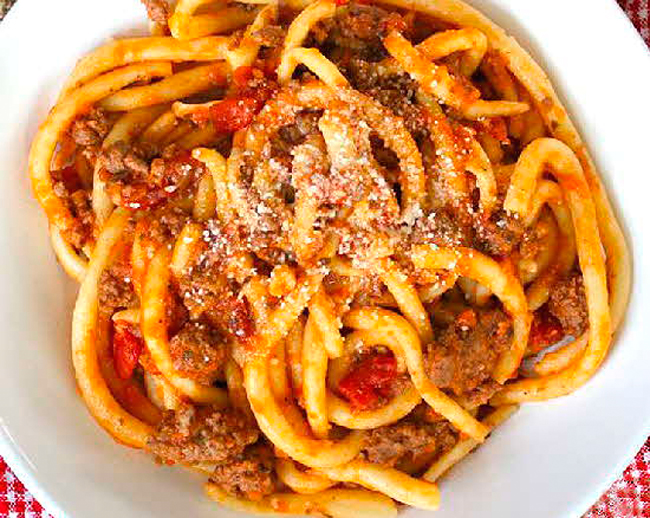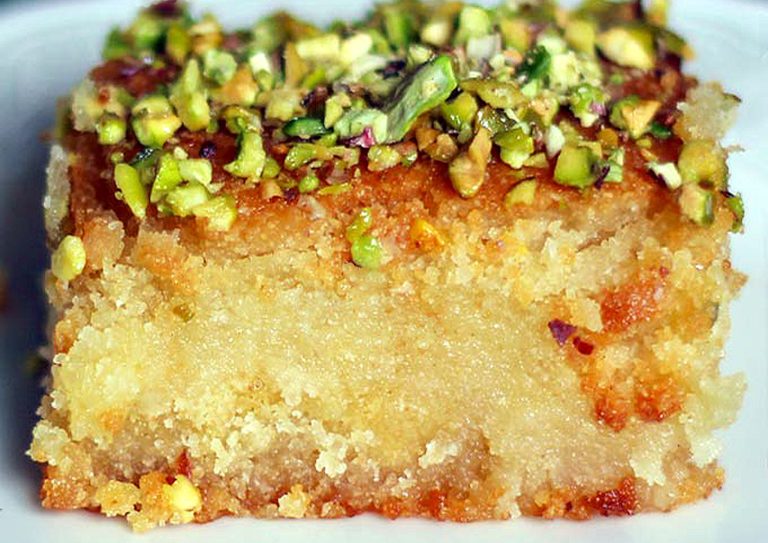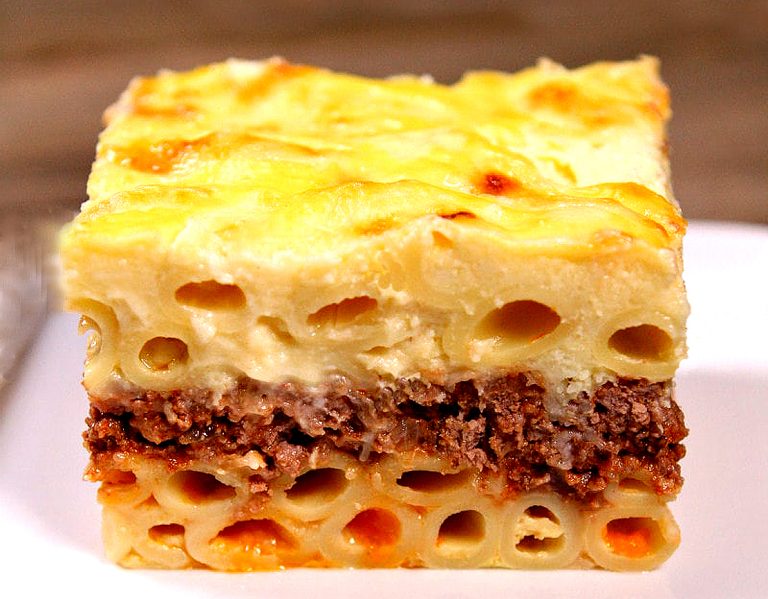Published with permission from LuxuryWeb.com
The widely held belief that explorer Marco Polo introduced pasta to Italy in 1295 upon his return from his famous journey to China, known as Cathay, is simply nonsense. This fabricated tale was likely concocted by a 20th-century advertising agency to boost pasta sales in America. The truth is that a written reference to pasta in Sicily predates Polo’s travels by nearly 150 years, dating back to 1154. Furthermore, the use of pasta as a dietary staple can be traced back even further to ancient Rome.
According to the esteemed Italian cuisine expert, Stefano Milioni, pasta consumption in Italy can be traced back to the days of the Caesars. When Rome was still a relatively small town with a population of 100,000, feeding its inhabitants was relatively straightforward. The locals, considered locavores, primarily relied on the produce from nearby gardens and farms.
Freshly made pasta
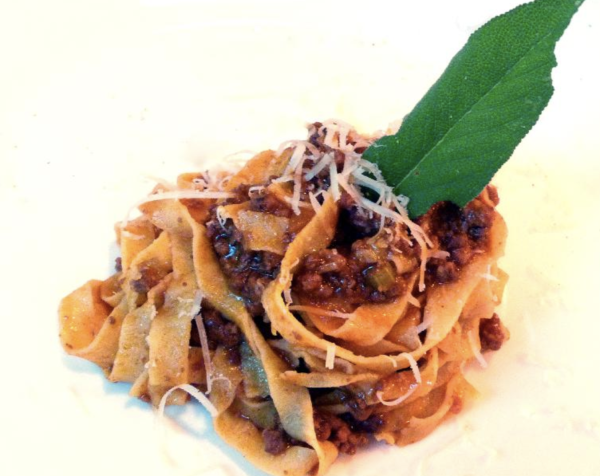
Mixing wheat flour and water to create dough was initially a delicacy reserved for the aristocracy, and the resulting baked product resembled unleavened bread rather than the pasta we are familiar with today. This early form of baked pasta was in no way influenced by Oriental cuisine but clearly demonstrates the practice of combining flour and water to create food in the kitchens of ancient Rome.
Rooted in history
Within the next century, Rome’s population exploded to one and a half million, and ensuring the masses were well-fed became of utmost importance for maintaining social order. As history tells us, a hungry population can lead to unrest and eventually revolution. To address this, Rome began importing vast quantities of wheat from regions such as North Africa, Sicily, Sardinia, Syria, and Spain, which were stored in enormous silos.
Success
You are now signed up for our newsletter
Success
Check your email to complete sign up
From the 1st to the 4th century, this grain was distributed to the poor in a grand display of Imperial benevolence, ensuring the loyalty of the masses through full bellies. Durum wheat flour was mixed with water, rolled into sheets, cut into simple long strips (known as maccheroni), boiled, and consumed in a rather unrefined manner with the hands. In today’s terms, this would be considered fresh pasta, as opposed to the familiar dried pasta we often encounter.
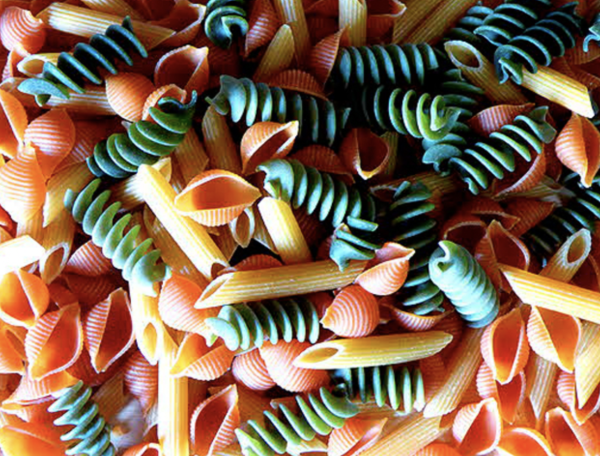
During this time, the aristocracy had moved away from making their own pasta in their kitchens and instead began purchasing it from vendors. These entrepreneurial pasta-makers catered to the culinary desires of the affluent by crafting a variety of shapes, sometimes filled with meat, vegetables, or cheese, and sold fresh as a side dish to be boiled and enjoyed.
Quality produce
However, not all went well for the common people, as the silos became infested with parasites, mold, and insects, forcing vast quantities of wheat to be discarded into the River Tiber. To save the day — and the Roman Empire — pasta was rolled into sheets, cut, and dried in the sun. Unlike the previously consumed fresh pasta, which was prone to spoilage, dried pasta had a significantly longer shelf life, practically lasting indefinitely.
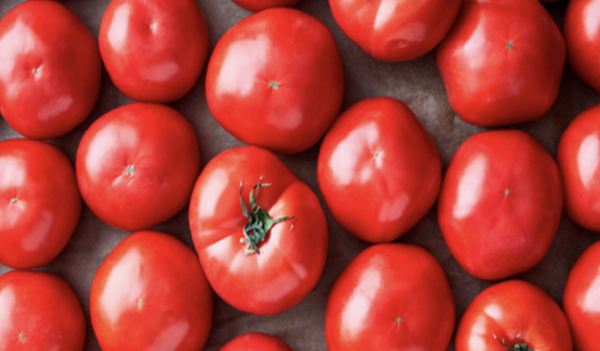
But the story of pasta doesn’t end there, as we fast forward to the 17th century. It was during this time that the tomato, introduced to Europe by the Spanish through their exploration and colonization of the “New World,” made its mark. Initially regarded as a poisonous fruit, the tomato found its way into the boiling water used to cook pasta when an enterprising Sicilian cook discovered its potential. This led to the birth of tomato sauce, which revolutionized pasta consumption.
Prior to this discovery, pasta was typically served plain or with a sprinkling of grated cheese and consumed clumsily with the hands. Now, with the addition of the primitive fork, pasta could be dressed in a variety of ways, opening up endless possibilities.
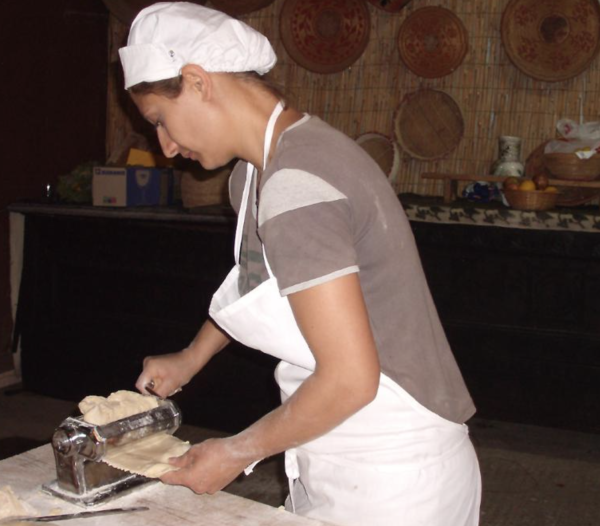
A worldwide sensation
From its humble origins, pasta has become a beloved staple among food enthusiasts worldwide. With over 300 shapes, many designed to pair perfectly with specific sauces, it’s no wonder that the average Italian consumes over sixty pounds of pasta per year. Americans, although lagging behind, still manage to consume a modest twenty pounds per person annually. It seems the advertising campaign succeeded in fostering an American love for pasta that only rivals that of Italy.
One of the essential ingredients for producing high-quality pasta is an abundant supply of clean, fresh water. The other crucial component is Durum wheat, which has been refined into Semolina flour. Traditional pasta is typically cooked in salted water, as it is produced without any additives. A heaping tablespoon of sea or kosher salt per pound of pasta is recommended, and the pasta should only be added once the water is at a rapid boil. It is important never to break long strands of pasta in half, but rather allow them to sink into the boiling water.
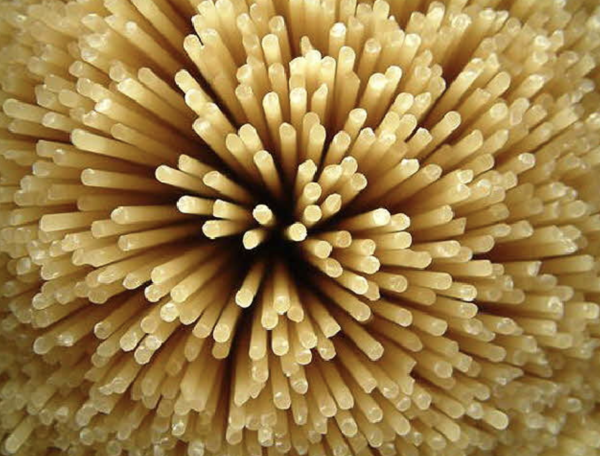
Italians prefer their pasta al dente as a first course or side dish, whereas Americans often opt for well-cooked pasta, frequently enjoying it as a main course. With the rise of the 21st-century’s health-conscious culture in America, there are now numerous types of pasta to choose from. Some cater to gluten-intolerant individuals by using alternative flours, while others are made from legumes or vegetables to accommodate various dietary restrictions or preferences.
The variety of sauces that can accompany pasta is virtually endless, incorporating vegetables, meat, seafood, tomato sauce, or any combination of ingredients. One of my personal favorites involves quickly sautéing colossal-sized shrimp with garlic, ginger, shallots, dried Italian herbs, and deglazing the pan with white wine and fresh lemon juice.
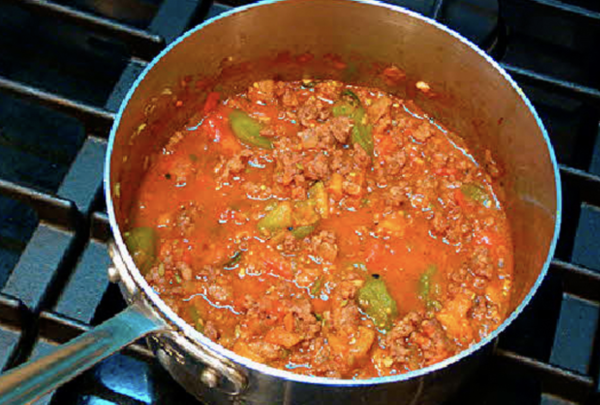
The resulting sauce is then poured over freshly cooked linguini. Another delightful option is diced Pancetta sautéed with shallots, garlic, and herbs (fresh or dried), along with a green vegetable like broccoli or asparagus. This hot mixture is immediately poured over the pasta of your choice; I particularly enjoy Rigatoni or Bow Ties, and generously topped with goat cheese or feta, allowing it to melt and create a creamy dressing.
Manos, on the other hand, loves a combination of ground meats (lamb, veal, pork) sautéed with onions, garlic, pepper (capsicum), oregano, a couple of bay leaves, ground cinnamon (he is Greek, after all), and tomato paste diluted in water. This flavorful mixture is served over perciatelli or bucatini dried pasta.
Regardless of how you choose to dress your pasta or the shape and composition you decide to buy, whether fresh or dried, it remains one of the most satisfying and delicious dishes. I must extend my admiration to the Italians for introducing pasta to our global culinary culture.
Visit LuxuryWeb.com to see the original article, and more.



